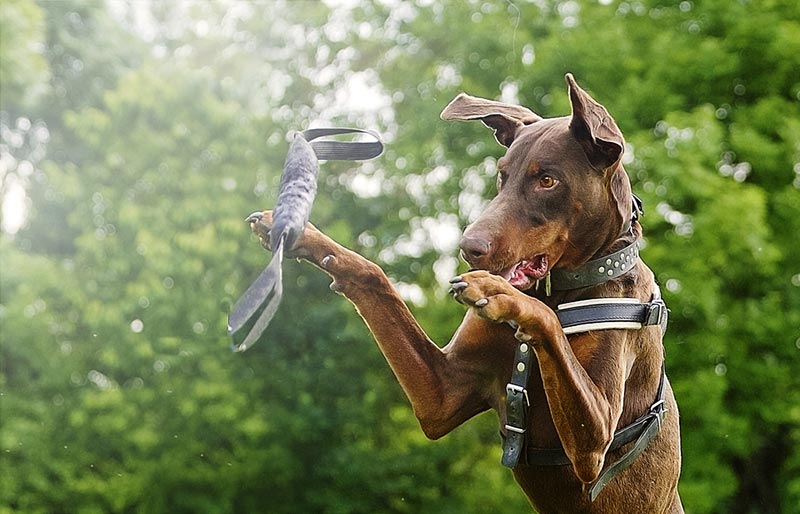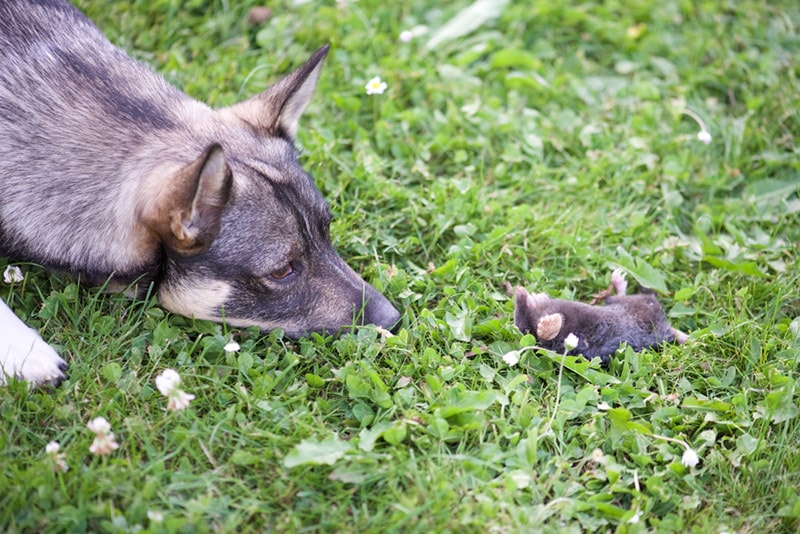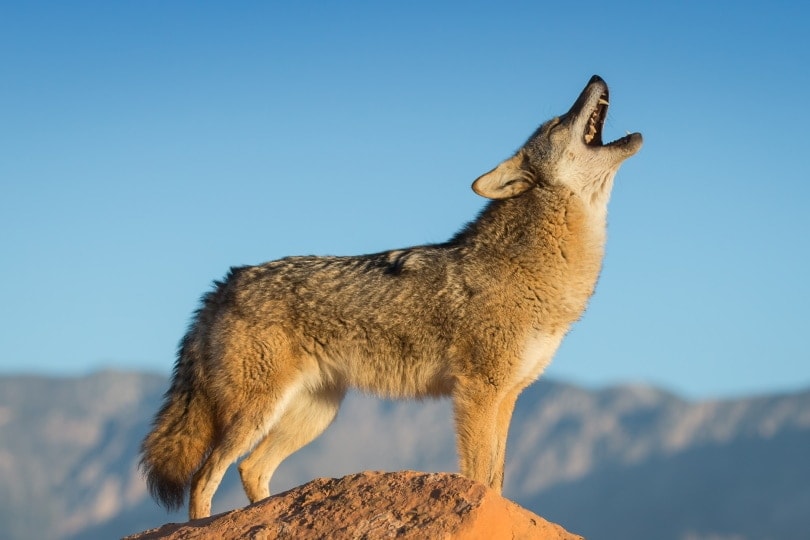Can You Build Muscle on a Dog With Food? 3 Vet Reviewed Tips
Updated on
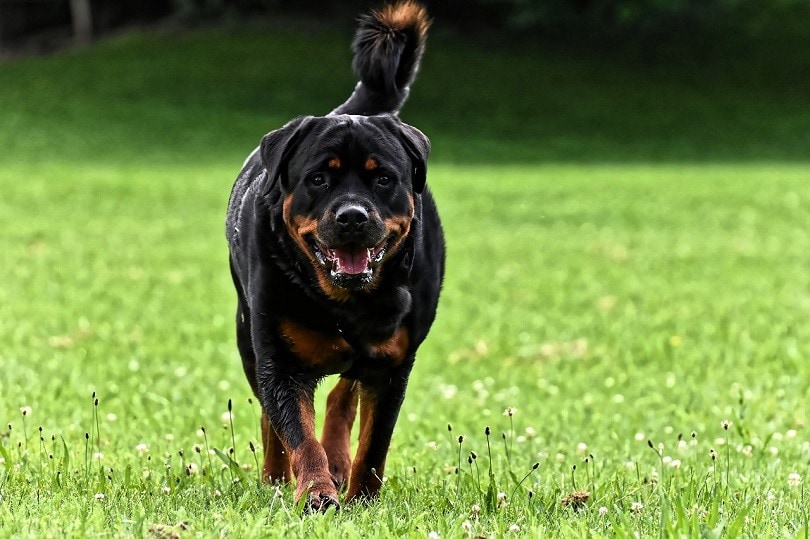
Does your dog need to gain muscle? If so, you can’t do it with just food. Don’t get us wrong, a nutritious diet is essential for seeing results, but you have to incorporate the two other elements that help with building strong muscles. If you don’t know what these are, keep reading. We’re discussing each one in detail throughout the post and giving you tips for turning your dog into a muscle machine. Let’s begin!
The 3 Elements to Building Strong Muscles
Now it’s time for the nitty-gritty of muscle building. Dogs build muscle just like humans, and there are three elements to accomplish this: diet, exercise, and rest. We will go over each of these in detail throughout this post.
First, let’s begin with diet.
1. Diet
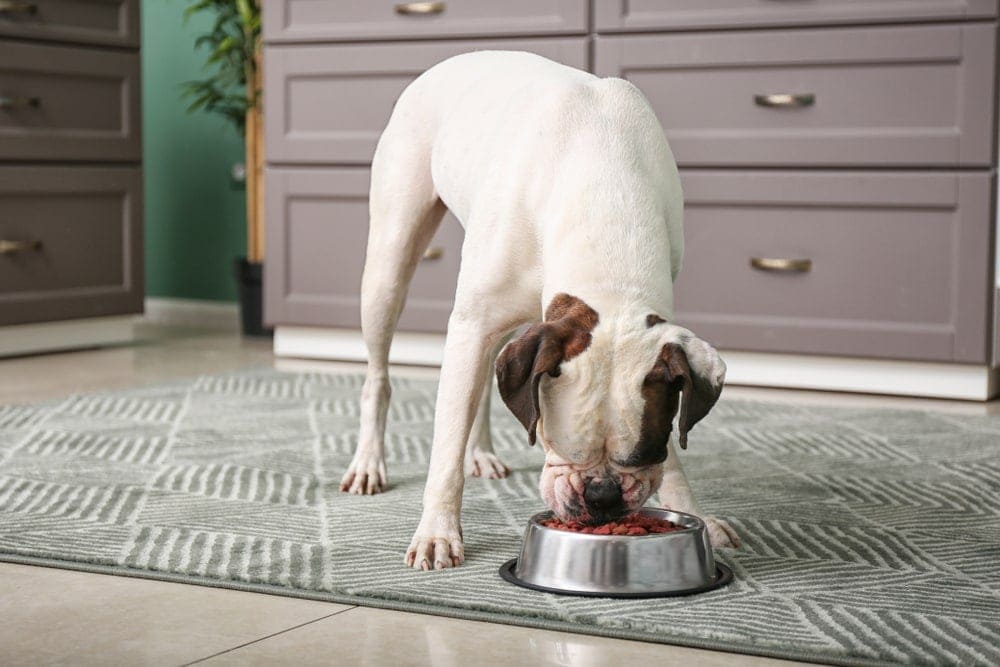
Feeding a nutritious diet is key. Challenging your dog through vigorous exercise is great, but your dog needs proper nutrition for endurance and vitality.
Dogs needing to build muscle should be fed a high-protein diet. When dogs (or any animal) eat protein, the body breaks it down into amino acids. These amino acids help repair and grow new muscle fibers.
Interestingly, dogs are facultative carnivores. This means they Dogs can process essential amino acids from meat and plant sources.
- Eggs
- Tilapia
- Salmon
- Fish
- Chicken
- Pork
- Deer
- Elk
- Beef
- Duck
- Bison
- Organ meat (kidney, heart, liver, etc.)
- Chickpeas
- Peas
As important as protein is for muscle growth, don’t go overboard. Too much protein will also mean more calories, which could lead to weight gain. Your best action plan is to find a good quality high-protein dog food and feed your dog the daily recommendation for their age, size, and activity level.
Can I Feed My Dog Raw Eggs?
A lot of people ask about feeding their dogs raw eggs for protein. You can, but it’s not a good idea unless they are in-shell pasteurized. In fact, the best way to feed your dog an egg is not raw. Gently cooked egg white is more digestible, allowing your dog’s body to make the most out of this protein source.
Make sure you’re feeding your dog the right amount of food and the correct type for their lifestyle, check out our dog food calculator here.
The exact amount of calories an individual animal needs to maintain a healthy weight is variable and influenced by many factors including genetics, age, breed, and activity level. This tool is meant to be used only as a guideline for healthy individuals and does not substitute veterinary advice
2. Exercise
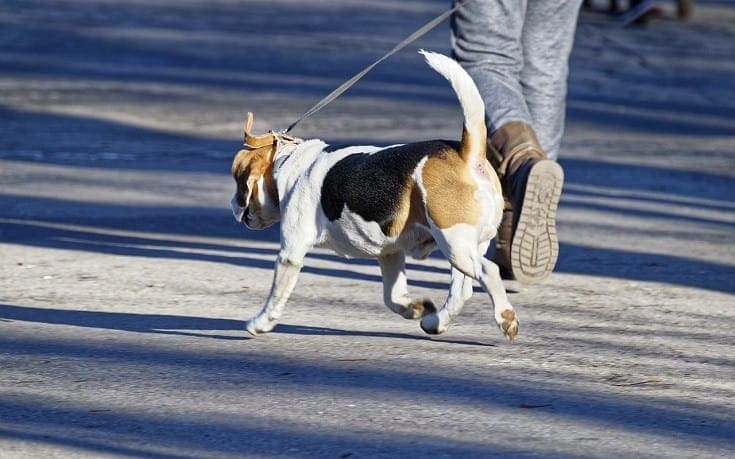
Exercise is our next topic. Of course, exercise is crucial for muscle development. But what kind of exercises can you do with your dog?
The best thing to do is start with simple strength-training exercises that you can embellish with exercise tools. It takes time and hard work to build muscle. You don’t want to throw your dog into the trenches starting out. Instead, start with short, easy exercises. As your dog improves in endurance, you can increase the intensity and length of basic workouts.
- Running
- Walking
- Swimming
- Hiking
- Weight pulling (more intense)
- Spring pole exercises (more intense)
Aside from the last two, these exercises don’t seem to help much at first. But over time, your dog’s strength and endurance will improve. And that gives you the chance to move on to the next level with dog fitness tools.
Dog Fitness Tools That Pack a Punch
Who knew they made exercise equipment for dogs? Fitness tools take exercise to the next level. They add weight and resistance to help your dog achieve faster results.
You don’t need exercise equipment to get your dog started on a muscle-building journey. In fact, we recommend starting without them. But when your dog is ready for the next level, you can try any of the following tools.
- Weight Vest: Weight vests wrap around your dog’s abdomen and add resistance to walking and running. You can adjust the weight and slowly start adding more resistance as your dog’s strength improves.
- Weight-Pulling Harness: Weight-pulling is an excellent way to build your dog’s muscles. You don’t want to start out with weight pulling, but when your dog is ready, consider getting a weight-pulling harness.
- Bungee Spring Pole: Springs poles attach to trees and give your dog a chance to play tug-of-war with This bungee spring pole swings and tugs all the time in every direction. This is a great way to make exercise more fun.
3. Rest
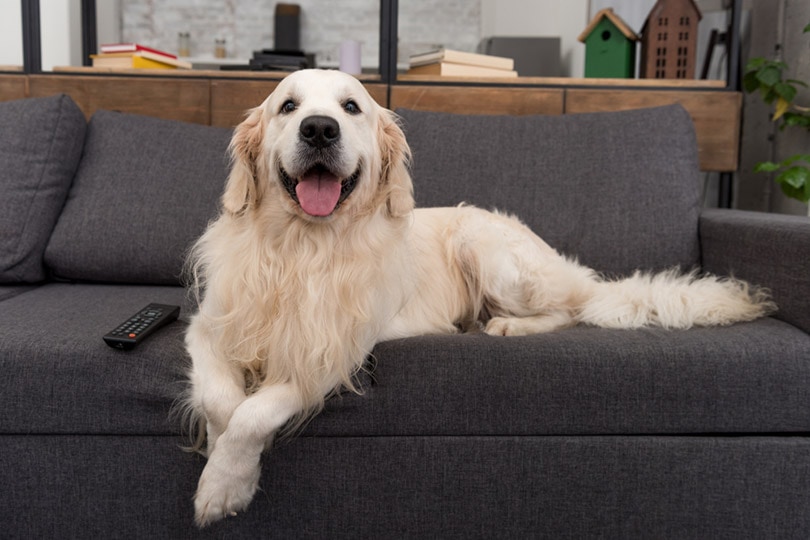
Dogs are active creatures, but they still need their day of rest. Rest allows the body to repair tissue damage after exercise and alleviates muscle soreness. It’s also a time for your dog’s mind to rest.
When your dog is overworked, exercise performance dwindles, negatively affecting your relationship with your dog. That’s certainly something we don’t want! If anything, exercise should improve your relationship with your dog. So, give your dog a break and watch the muscles grow!
Conclusion
Your dog can’t build muscle with food alone. But a healthy, high-protein diet combined with exercise and rest will do the job. Exercises don’t need to be over-the-top. It can be something as simple as walking. Over time, you can increase the exercise difficulty and watch your dog grow bigger and stronger.
Featured Image Credit: Alexas_Fotos, Pixabay



